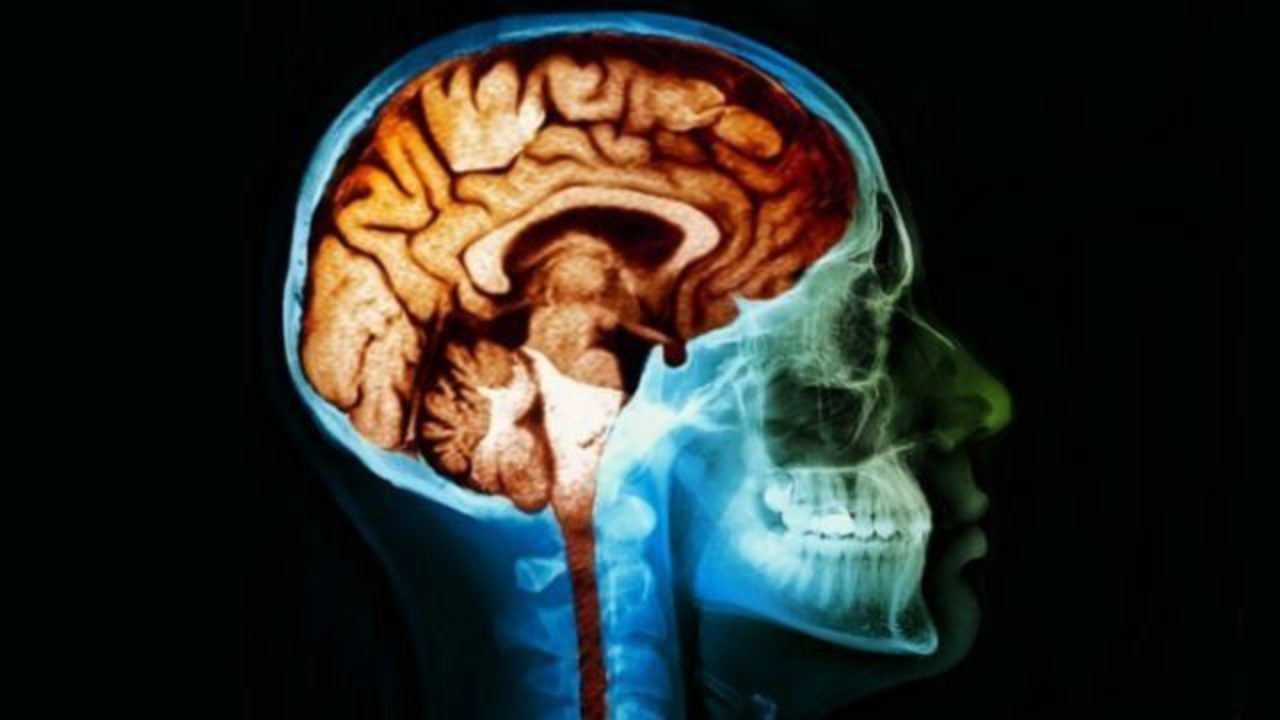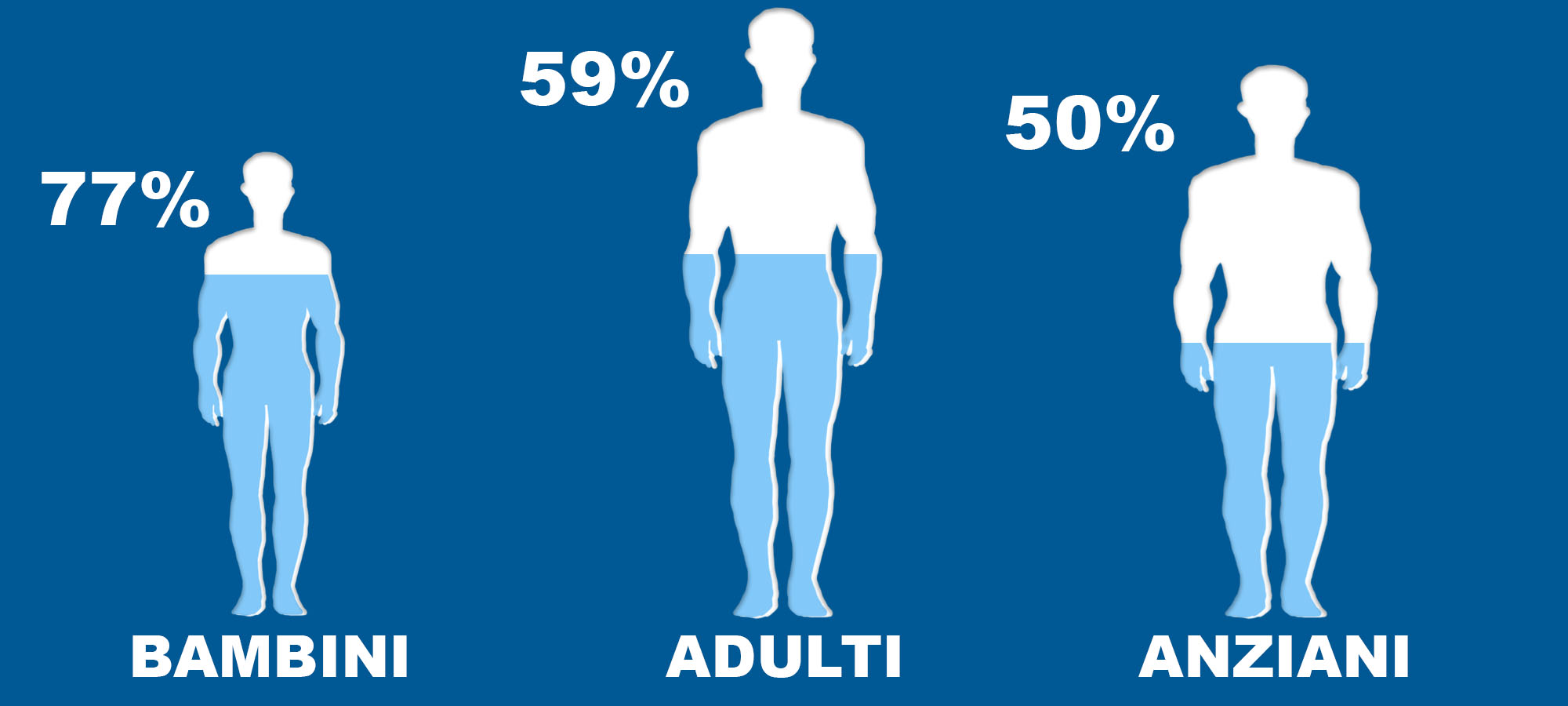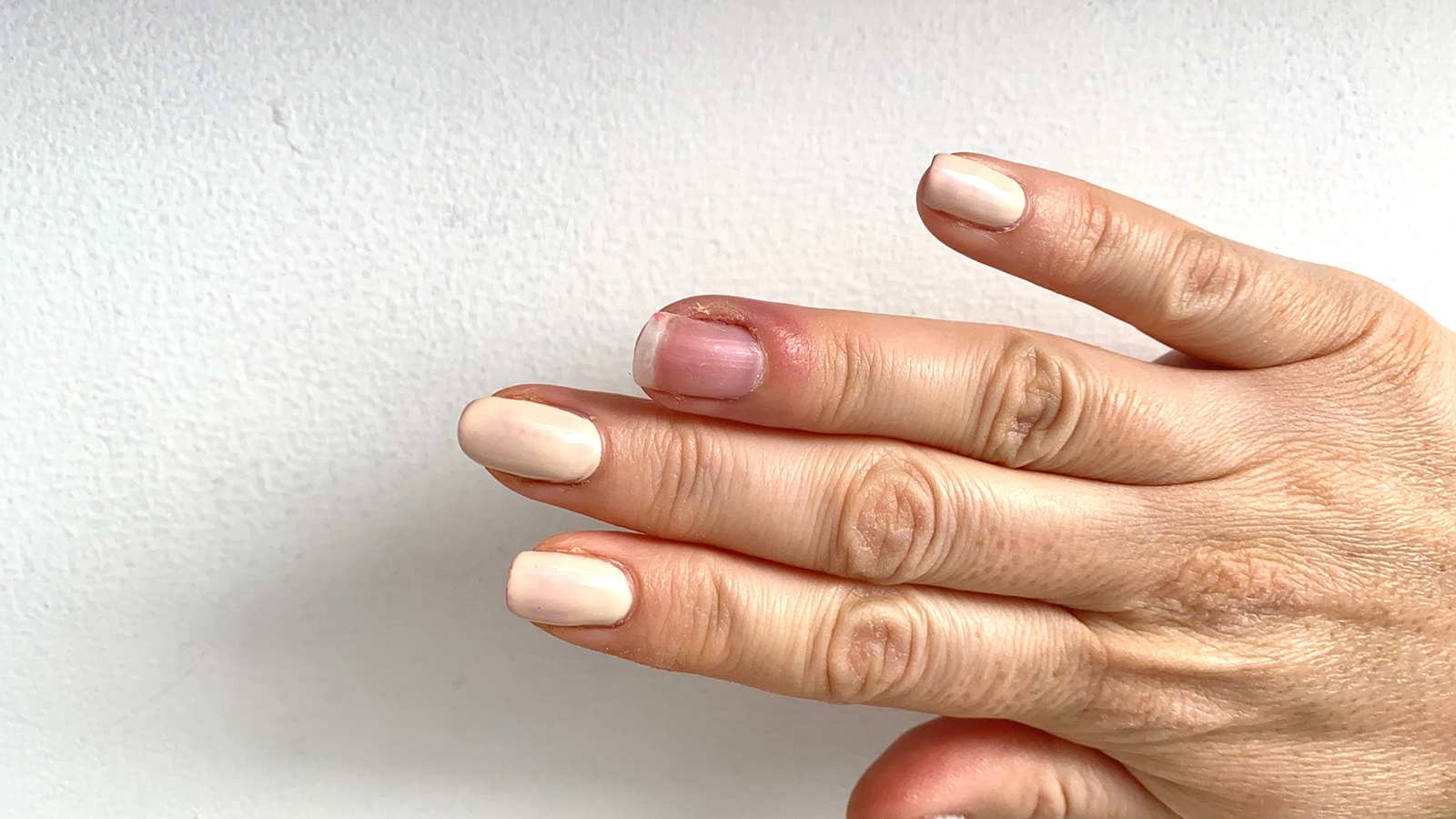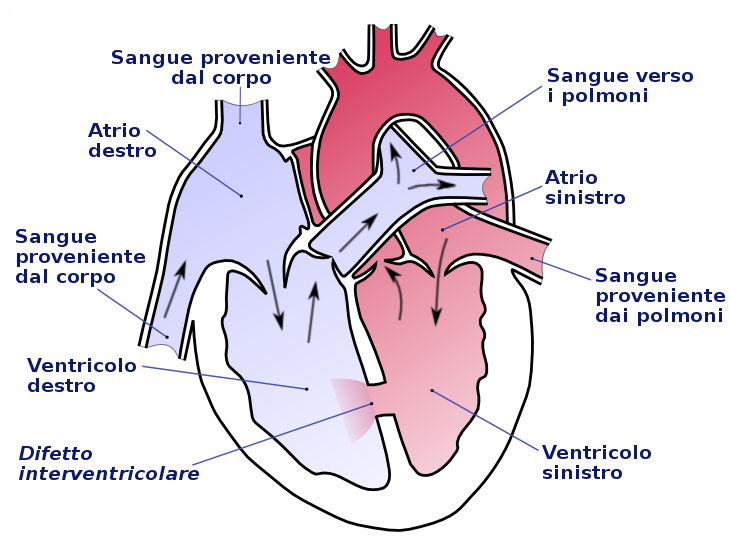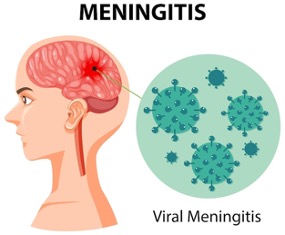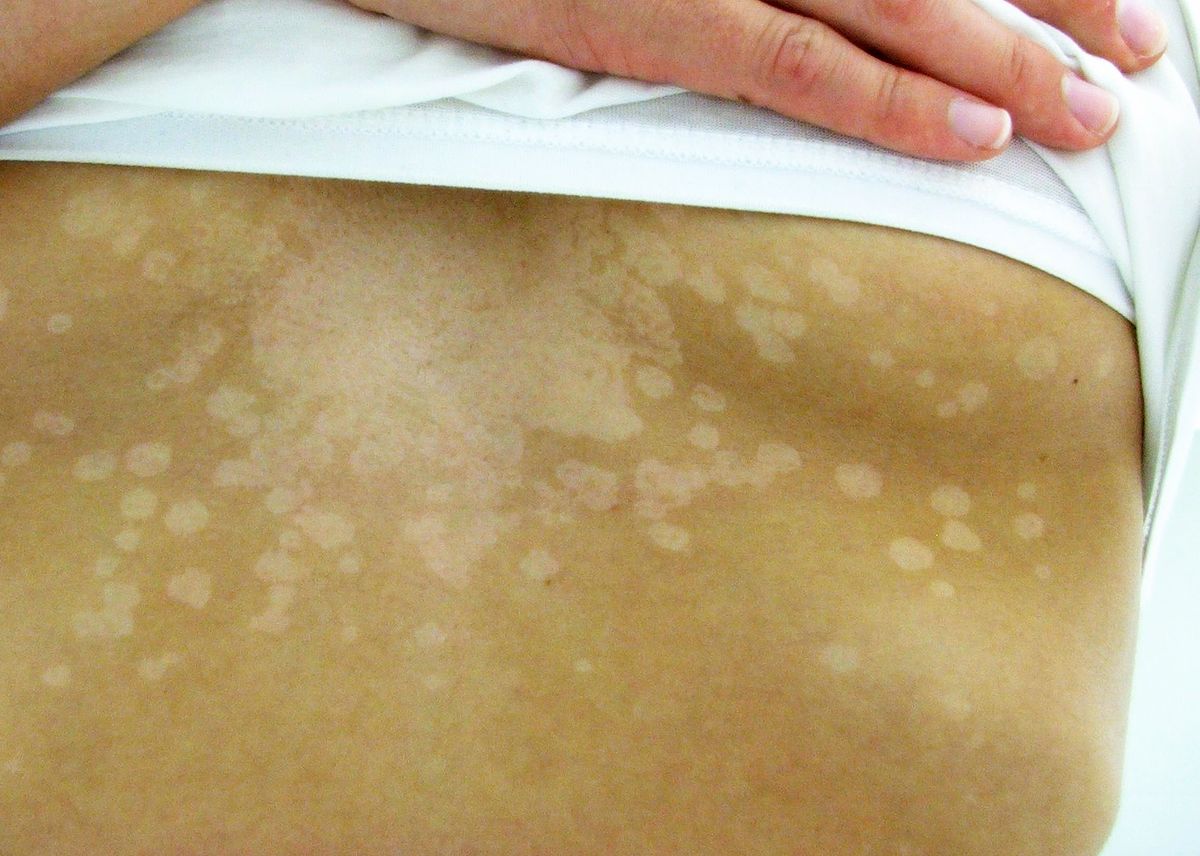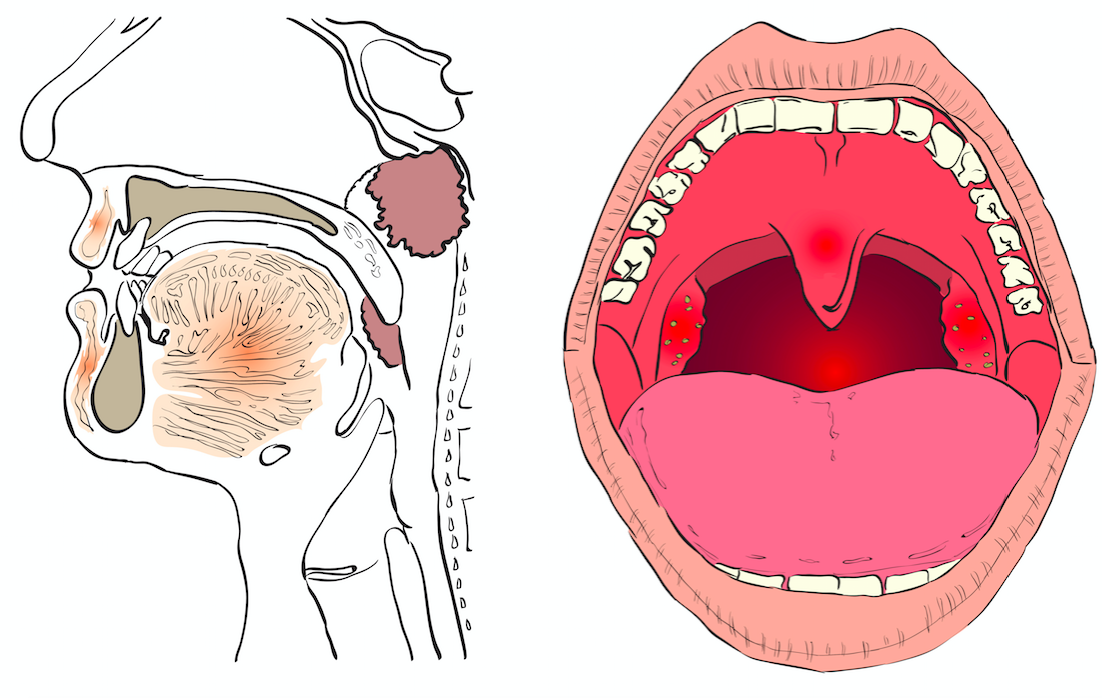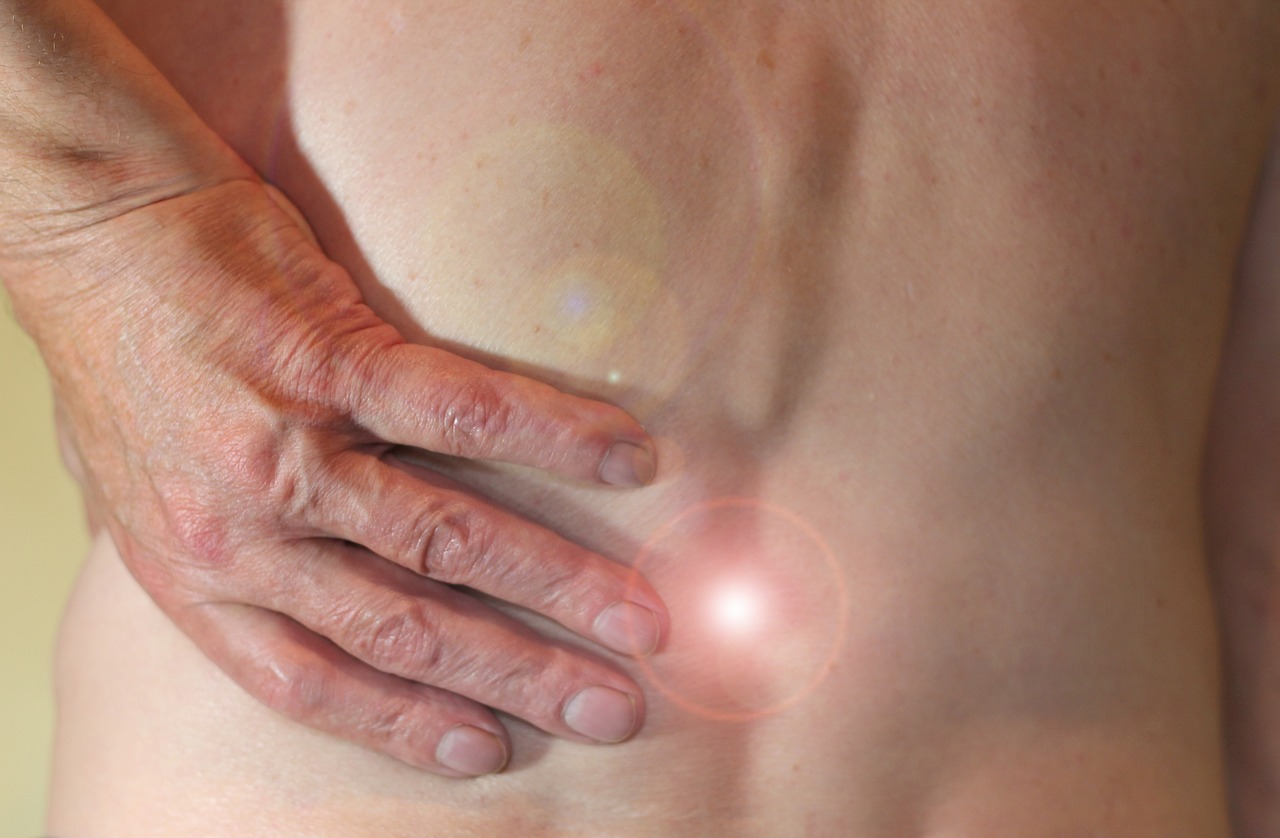The values that measure blood sugar levels are different between healthy people and people with diabetes. What are normal blood sugar values at the end of a meal?
The blood sugar level after a meal for a healthy person may be about 140mg/dl, if it is higher and below almost 200mg/dl it could reveal a pre-diabetic condition, and if it exceeds it it reveals the presence of diabetic disease.
Usually, people without diabetes do not check their sugar levels after meals, while people under clinical investigation for diabetes are scheduled to have an oral glucose tolerance test to diagnose the disease.
The blood sugar level onehour after a meal for a diabetic person should be less than 180 mg/dl, a value to be considered among the highest for a person with diabetes, which can be considered higher or lower depending on various factors such as the person’s age, general health condition, how long the disease has been present, and also factors such as cognitive abilities and awareness of glycemic values, self-sufficiency status, any risk factors such as cardiovascular condition, and finally the person’s life expectancy.
Diabetes being a widespread disease present in all countries, blood sugar levels and the times that the blood glucose remains on high values are considered epidemiologically to study the many organic consequences of the disease on vascular diseases, such as retinopathy, such as proteinuria, such as wounds and diabetic foot.
The risk that vascular complications, both micro and macro, may occur is certainly lowered by the administration of blood glucose control drugssuch as oral hypoglycemic drugs, metformin, andinsulin.
In practice, the only viable way to reduce the risk of hyperglycemia is to keep blood glucose levels at normal values, with special attention to the values that come from blood glucose monitoring, especially taking into account fasting glucose, whose coefficient of variation represents a reference marker, given the instability of glucose and its levels.
Higher blood glucose readings immediately after a meal are another risk factor foratherosclerosis, which should be monitored because of continuous changes in blood glucose concentration.
Use of the glycated hemoglobin test allows monitoring of protein glycation levels to assess the extent of the risk of the disease giving rise to its complications.
Observing glycated proteins allows us to assess how and how much glucose might have damaged organic structure and function.
It is known that the many foods ingested provide blood sugar, a food for the brain, heart and muscles, and which reaches all organs of the body down to the cells and then becomes energy, but only for physiological needs, while higher levels of sugar should be controlled and avoided to prevent the serious consequences of diabetic disease.
What are the factors that can cause hyperglycemia, that is, increased blood sugar?
It can happen if:
- insulin is insufficient, or if the body cannot use it properly.
- The diet includes too many foods, including too many carbohydrates.
- If you are dehydrated.
- If you are sedentary, or otherwise inactive.
- If medications taken for diabetes prove insufficient.
- If side effects of drugs such as steroids or other medications are present.
- If other diseases, a stressful condition, the menstrual cycle, interfere, factors that can raise blood sugar levels due to the intervention of hormones released by the body.
How to lower blood sugar levels?
- A meal with fewer carbohydrates or smaller amounts.
- Avoiding alcoholic beverages on an empty stomach.
- Sticking to the dosages of insulin or oral hypoglycemic drugs prescribed by the treating physician.
- Avoiding suffering the side effects of other drugs.
- practicing more physical activity and gymnastic exercises.




